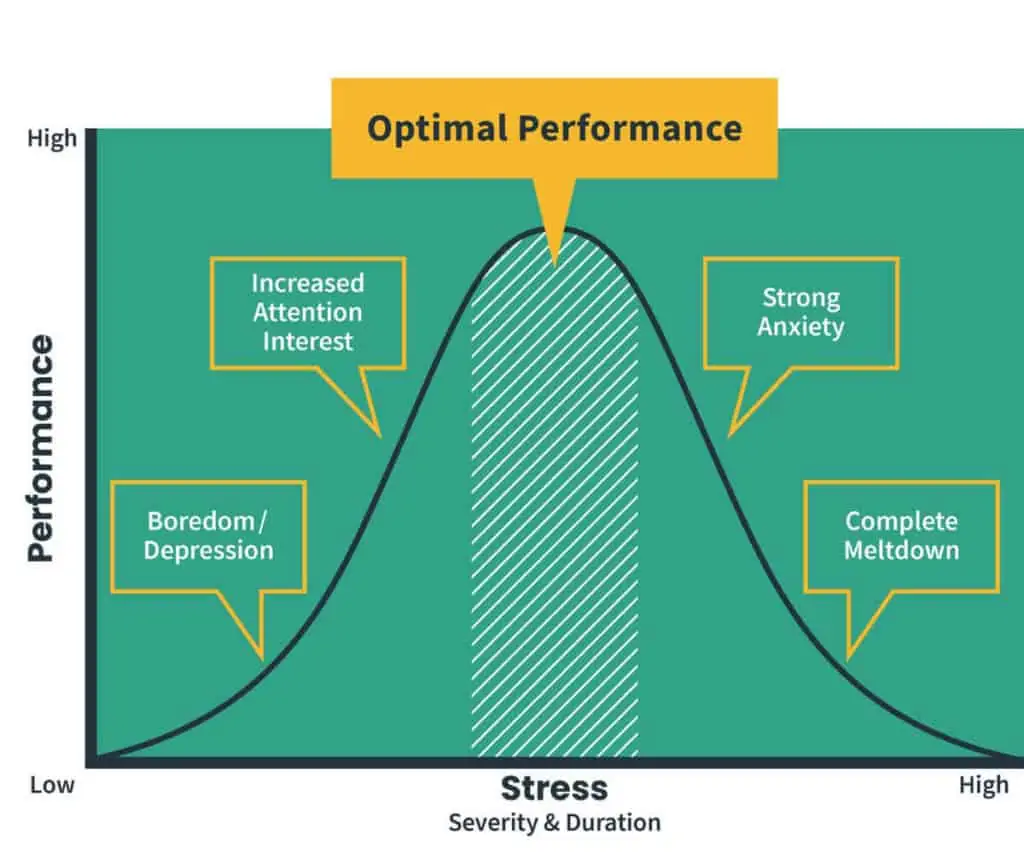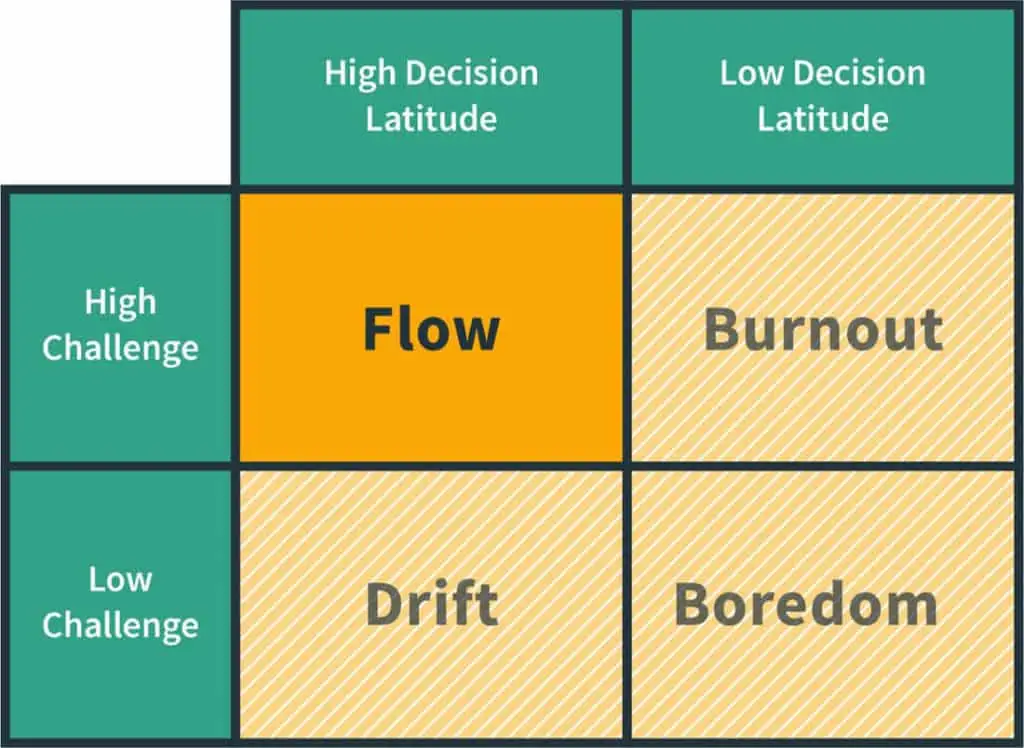Why we need to default to autonomy to reduce burnout
Inside Daniel Pink’s matrix for achieving flow and preventing burnout

There’s one factor fueling the Great Resignation that often gets overlooked: burnout. And contrary to popular belief, it’s not the same thing as feeling stressed from time to time. It’s actually a much bigger problem that causes employees to lose not only their motivation, but their passion and enthusiasm for the work they do.
To make matters worse, all signs indicate that burnout is on the rise. A survey from earlier this year found that nearly two-thirds of employees believe the feeling has worsened over the course of the pandemic. And our own research reveals that 43.3% of workers are currently burnt out. Much like the Great Resignation itself, we have a lot of data about the severity of today’s burnout crisis, but few insights into what’s causing it and what we can do to turn it around.
As the bestselling author of Drive: The Surprising Truth About What Motivates Us, Daniel Pink understands the mismatches between scientific research and business function that are exacerbating burnout. He explored the powerful role that autonomy plays in reducing burnout when he joined us at Gloat Live, and because his exclusive talk was not recorded, we’re sharing the top takeaways you can use to improve retention and keep your workforce motivated.
How we think about burnout and stress
To solve today’s burnout problem, we need to understand how stress and performance intersect. Bestselling author and emotional intelligence expert Travis Bradberry created a bell curve to demonstrate how the relationship works. As the graph shows, it’s not as simple as saying workplace stress is bad. In fact, performance peaks under moderate levels of stress and as long as it’s not prolonged, it’s harmless.
While the Bradberry bell curve tells us something important about stress and performance, it doesn’t give us the full picture into what burnout is and how to avoid it. For that, we’ll need Daniel Pink’s model, which we’ll call the Challenge-Decision Latitude Matrix.
The matrix shows four potential outcomes for how employees feel about work, based on how challenging their role is and the amount of decision making power they have. When people are doing easy work and they don’t have much say in it, boredom is the outcome. If we increase their sense of autonomy but keep the level of challenge low, drift starts to set in, meaning people are hiding out and not really contributing much.
The top two quadrants are where we really start to see how burnout works. Basically, it’s what happens when employees become very challenged, but don’t have decision-making latitude. To move away from burnout, people need more sovereignty over what they do and how they do it. Once employees gain more decision making power, they enter what Pink refers to as “flow”, or being so absorbed in something that you lose track of time.
https://vimeo.com/657478331
Why is “flow” so hard to achieve?
Daniel Pink’s matrix reveals an important truth about burnout: making work easier won’t prevent it from happening. In fact, taking challenge out of the equation just leads to boredom.
Instead, leaders need to turn their attention to the left-hand side of the matrix and prioritize autonomy when constructing high-challenge jobs. Traditionally, most workplaces weren’t designed to give employees choice and agency. Pink explains that prior to the pandemic, many employers’ starting assumption was that workers could not be trusted.
That belief was quickly flipped upside down when COVID-19 turned remote working into a necessity for operational continuity. And now that employees have been given a taste of what more sovereignty feels like, there’s no going back. From this point forward, autonomy needs to be the backbone of every strategy if you want to move away from burnout and enter a state of flow.
How to make flow a reality for your workforce
It’s clear that flow is the most desirable quadrant on Daniel Pink’s matrix. And we know that autonomy is the deciding factor that determines whether your people will be engaged or burnout. But exactly what do leaders need to do to make flow the norm for their organization?
Decision-making power alone won’t guarantee flow. Instead, employees need both challenging tasks to complete and more control over how they’re executed. And more importantly, the work they’re doing needs to align with their interests and future goals, which is exactly where a talent marketplace can come into play.
Talent marketplaces match people to projects, gigs, mentorships, and even full-time roles based on their skills, experience, and ambitions. New offerings like career pathing take autonomy one step further by presenting users with different directions that their professional development can take. Employees can even see what skills they’ll need to learn to reach their desired role and which opportunities will help them bridge those gaps.
As Daniel Pink’s matrix illustrates, autonomy is the differentiator that determines who will resign due to burnout and who will be empowered to achieve their fullest potential. If you’re looking to learn more about the game-changing results that visionary organizations have achieved by putting their people in the driver’s seat of their careers, read our case study about Unilever’s purpose-led transformation.






